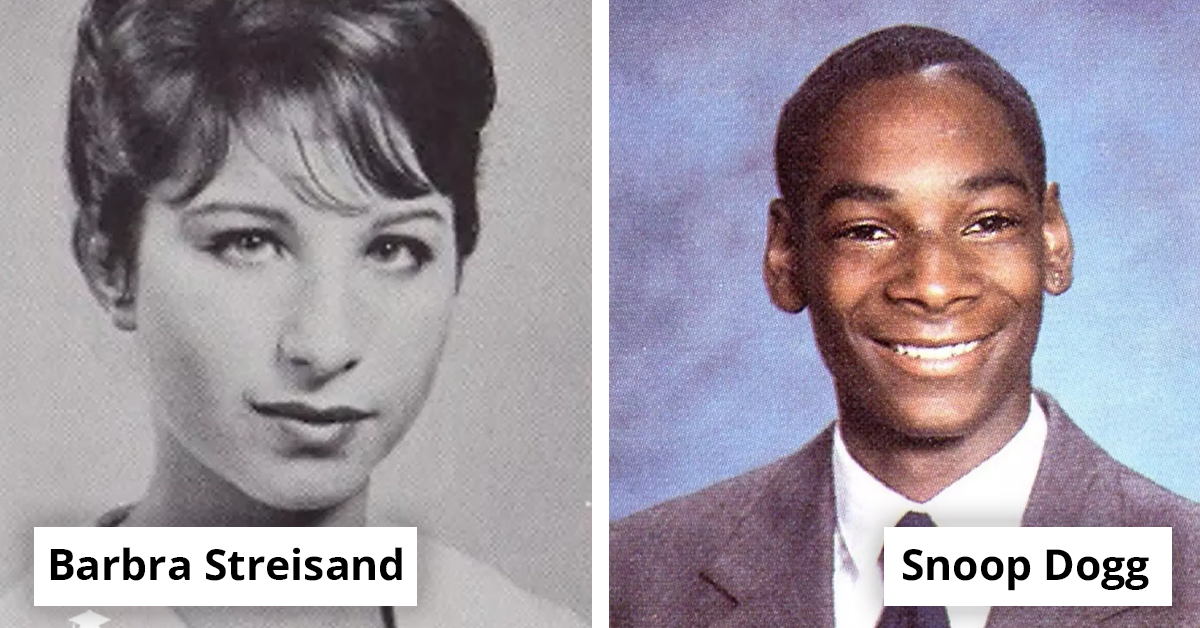Millennials Left Cringing Over Netflix's Take On 2003 In New Movie 'Time Cut'—Here’s Why
The early 2000s—an era marked by low-rise jeans, frosted lip gloss, and chunky flip phones—has become a style revival for Gen Z, but for Millennials, it’s an era they remember all too well. Now, Netflix’s new film "Time Cut" is giving younger viewers a peek into 2003, but many Millennials aren’t impressed.
Directed by Hannah Macpherson and starring Madison Bailey of "Outer Banks" fame, "Time Cut" follows the story of Lucy Field, a science-savvy teenager from 2024 who travels back to 2003 to prevent her sister’s untimely death.
The nostalgic setup seemed promising, yet Millennials have flocked to social media to voice their horror at Netflix’s portrayal of the era they lived through.
The movie features classic 2000s essentials—Heelys, UGG boots, and flip phones—with a soundtrack full of early-aughts hits like Avril Lavigne’s "Complicated." However, the details left Millennials scratching their heads, feeling the era’s essence was missed.
The early 2000s weren’t just about superficial trends; it was a time shaped by unique cultural elements, like LiveJournal, Napster, and MTV reality shows. Many argue that "Time Cut" seems more like a 2024 interpretation than an authentic trip back in time, sparking debate on whether Millennials' favorite decade can ever be truly recreated.
Millennials’ critiques of "Time Cut" point to a few key details missing from Netflix’s attempt at capturing 2003’s essence.
For one, the film’s characters handle early electronics, like Walkmans and flip phones, as though they’re from another planet. Viewers noticed how characters tote around their mp3 players like modern smartphones, a jarring reminder that, in 2003, music was portable, but it wasn’t yet an all-consuming digital experience.
As one viewer remarked, “People weren’t glued to their mp3 players like we are to phones now—they were tucked into a pocket until you hit ‘play.’”
 Netflix
NetflixThe fashion choices also sparked debate, with many feeling they didn’t align with the 2003 aesthetic.
Popular styles included t-shirts layered over long sleeves, hemp necklaces, cargo pants, and frosted tips—yet none of these made the cut in "Time Cut." The early 2000s had a specific, low-res feel to fashion and culture that many Millennials felt the film glossed over.
Rather than flashy, coordinated outfits, the real 2003 aesthetic leaned into individuality with bold choices, baggy pants, and low-maintenance hairstyles.
While younger audiences may see the 2000s as an aesthetic era, for Millennials, it was also about cultural experiences like MySpace and flip phones with real buttons.
Some viewers even joked that the movie looks like what someone born in 2003 would imagine the era to be. Though the nostalgic nods in "Time Cut" were appreciated, for Millennials, it didn’t quite hit the mark on recreating the awkward yet endearing charm of the early 2000s.
Despite mixed reactions, "Time Cut" has reignited the conversation on what truly defined the 2000s and how challenging it is to authentically portray such a distinctive era.
"Time Cut" might not nail every frosted lip and flip-phone obsession of 2003, but it reminds us all of one thing: our favorite eras are never as we remember them. After all, nostalgia might just be as elusive as Y2K internet speeds!
Comment down your thoughts, or share this article for all your family and friends to see!




